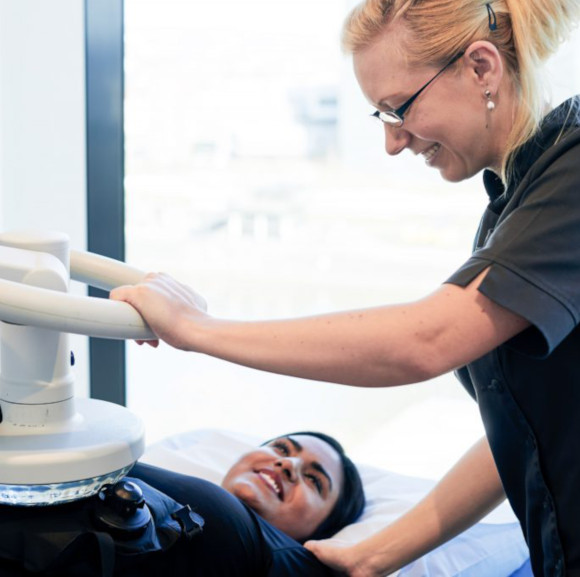First of all, it is useful to make the distinction between active and passive hyperthermia. The aim of active hyperthermia, which is also called fever therapy, is to increase the body temperature using bacterial toxins or by influencing the cytokines.
However, today the term “hyperthermia” is usually used in connection with passive hyperthermia which introduced or induced heat externally. Different applications of hyperthermia include:
Whole-body hyperthermia
Usually performed under general anesthesia the full body is exposed to heat. Used for immune stimulation and treatment of tumors/metastases that have spread to multiple organs or systemic tumor illnesses.
Surface hyperthermia
Treating skin tumors and metastases (included in Celsius TCS system)
Regional deep hyperthermia
To treat solid tumors in organs such as the liver, lungs, brain, pelvic area and the like (Included in Celsius TCS system)
Perfusion hyperthermia
For hyperthermal perfusion of metastasized hollow organs or spaces

